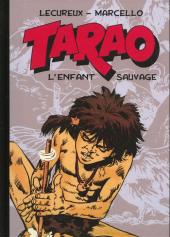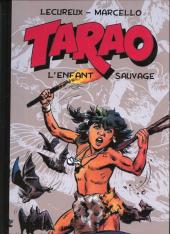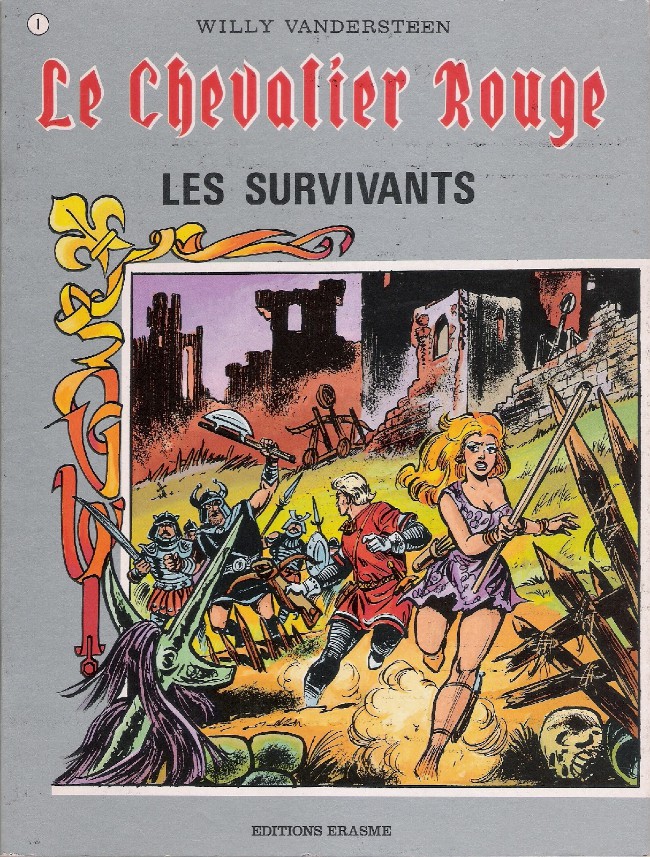The Worlds of Aldebaran (French: Les Mondes d'Aldébaran) is a French science-fiction comic series written and illustrated by Léo and published by Dargaud in French and Cinebook in English. The Aldebaran saga is divided into 3 cycles: Aldebaran and its sequels Betelgeuse and Antares. Each cycle is composed of some five albums, and each corresponds to a different planet. Although it is possible to read the cycles separately, they are chronological to form a coherent whole. Each cycle (and thus planet) introduces new secondary characters, although the central heroes of the story remain constant. In 2011 we saw the release of a new volume, Survivors (French: Survivants), which will introduce a new set of characters and take place concurrently with Antares.
Aldebaran was the first planet outside the solar system colonized by humans. However, almost immediately after its 1500 settlers arrived, all contact with Earth was lost. A hundred years later, some Aldebarans (like Kim) are expecting contact to be reestablished any day while others (like Mark) would rather concentrate on “reality”--i.e., chasing girls, getting laid, and moving to the big city. Unfortunately both dreams seem destined to come to nothing as a never-before-seen creature emerges from the ocean depths to destroy their village and families, and sending Kim and Mark on an odyssey across their planet that will entangle them in politics and rebellion.
I love the amount of thought and detail writer and illustrator Leo (just “Leo”) has put into his world building. You can lose yourself in studying the variety of Aldebaran’s flora and fauna. Some of the sea creatures are H.R. Giger-esque in their powerful alienness. Others, like the human-faced Amedea, are frightening because of their unfamiliar familiarity. Then there are the sand octopi, who have a terrifyingly effective adaptation that allows them to trap their prey.




%2B(Cinebook)%2B(digital-HD)%2B(Lynx-Empire).jpg)















